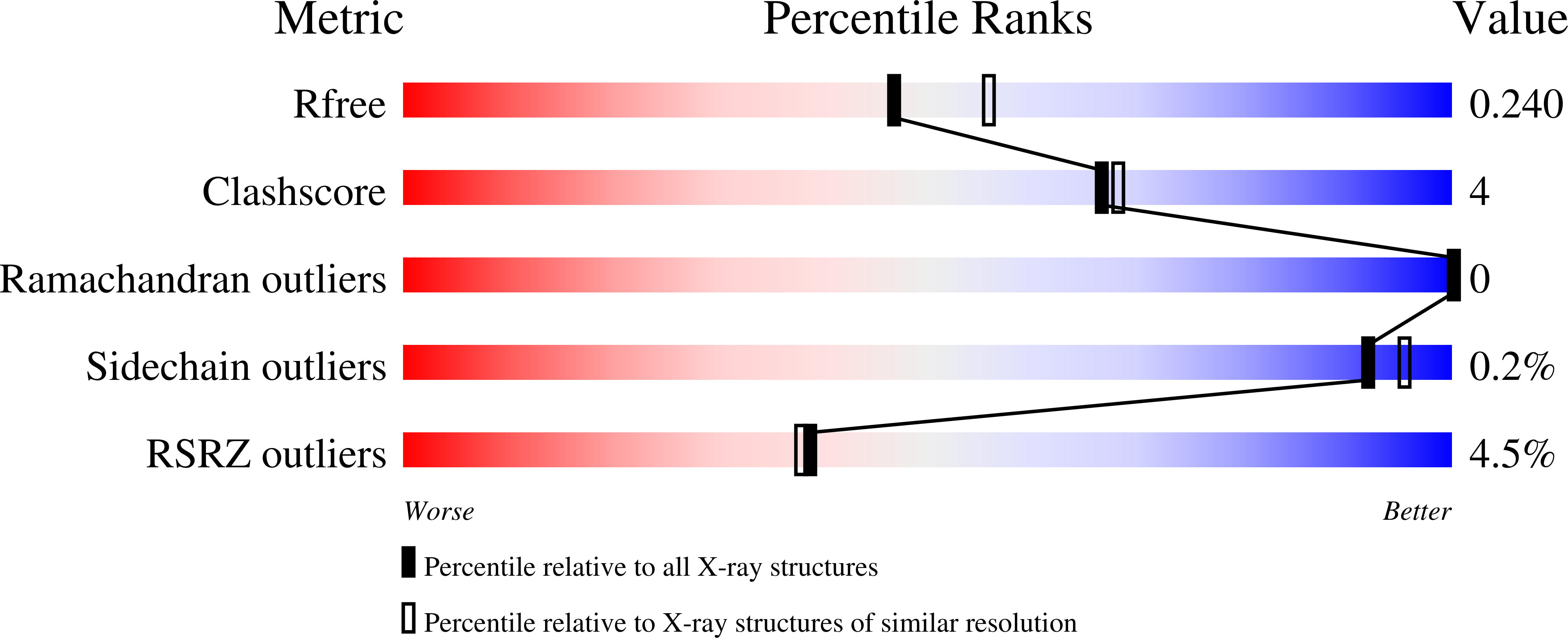
Deposition Date
2023-10-04
Release Date
2024-10-16
Last Version Date
2025-01-01
Entry Detail
PDB ID:
8QQB
Keywords:
Title:
Crystal structure of protein kinase CK2 catalytic subunit in complex with a Dibromo Dihydro Dibenzofuranone derivative
Biological Source:
Source Organism:
Homo sapiens (Taxon ID: 9606)
Host Organism:
Method Details:
Experimental Method:
Resolution:
2.26 Å
R-Value Free:
0.23
R-Value Work:
0.20
R-Value Observed:
0.20
Space Group:
P 43 21 2


